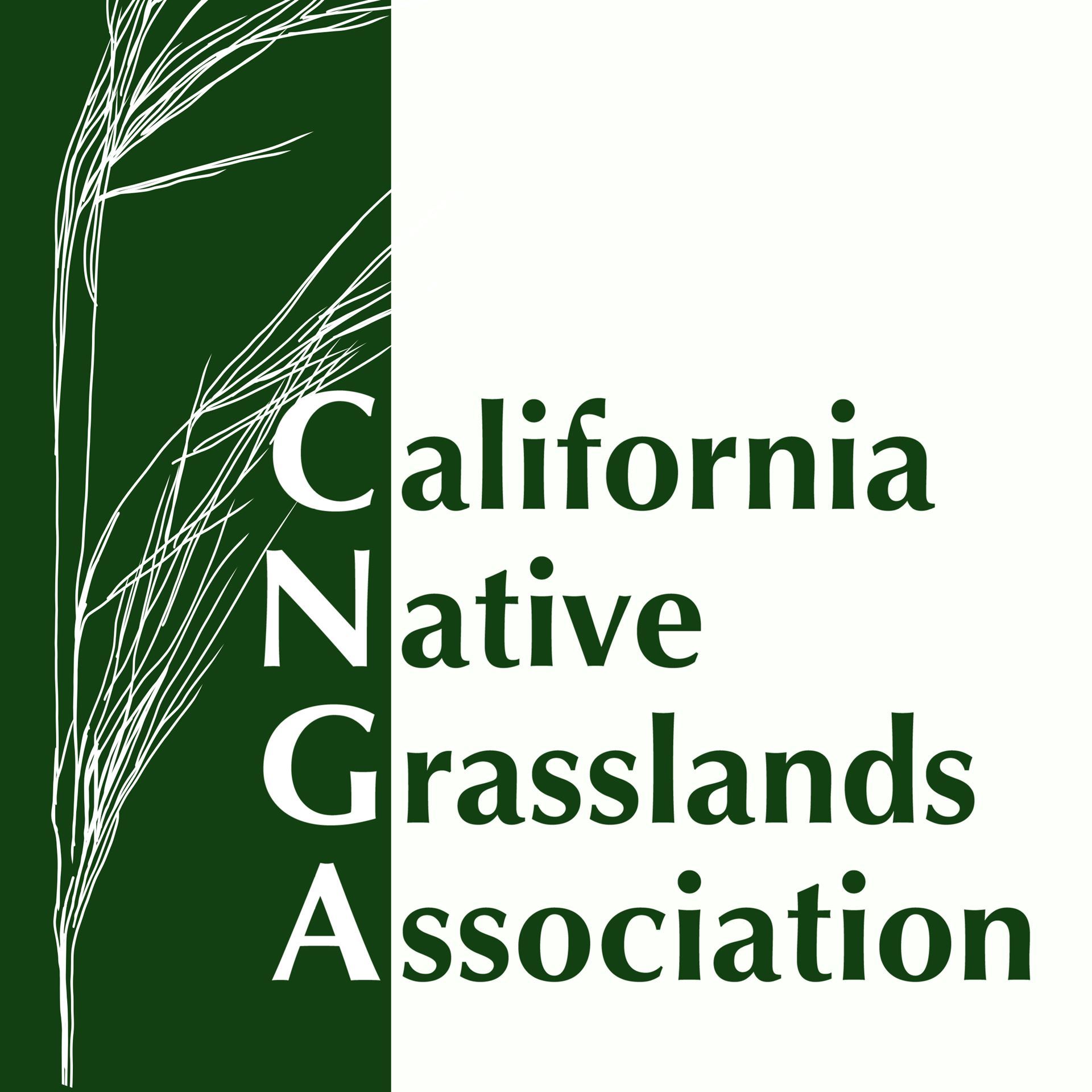
The Only Organization Working Exclusively to Conserve and Restore
California's Native Grasslands
Grasslands and Fire
|
"Take half, leave half" standard for defoliation by grazing and for fire breaks to lower impact to below-ground roots, nutrient-cycling, and regrowth of plants, especially our remaining and very important native plants, is supported by this paper.
|
Sonoma County Wildfire Fuel Mapper Maps, resources, and information to help Sonoma County residents and land managers reduce fire fuel hazard. The Wildfire Fuel Mapper provides publicly accessible, parcel-scale mapping and tools for landowners to reduce wildfire risks on their own property. Made in collaboration between University of California Cooperative Extension (UCCE), Pepperwood and Tukman Geospatial. |
In this issue:
|
Burning by the Day: Why cost/acre is not a good metric for prescribed fire, by Lenya Quinn-Davison and Jeffery Stackhouse, Grasslands, Vol 29, No. 3:16-19. Summer 2019.
Field Report: Building a burn trailer to support your community's prescribed fire efforts, by Lenya Quinn-Davison and Jeffery Stackhouse, Grasslands, Vol 29, No. 3:20-22.. Summer 2019.
Use of Fire as a Tool for Controlling Invasive Plants. 2006.California Invasive Plant Council. By Joseph M. DiTomaso, Matthew L. Brooks, Edith B. Allen, and Ralph Minnich. Edited by Joseph M. DiTomaso and Douglas W. Johnson
This report captures the current state of knowledge on the use of fire to manage invasive plants in wildlands, so that better information can facilitate improved decision making when considering the use of prescribed burning for the management of invasive plants.
Assessment of prescribed fire as a conservation practice. Pages 75–104 in D. D. Briske, editor. Conservation benefits of rangeland practices: assessment, recommendations, and knowledge gaps. US Department of Agriculture, Natural Resources Conservation Service.
Wildland Fire Training 2020 UC Davis Arboretum and Public Garden Video of prescribed campus and regional fire department training at UC Davis Russell Ranch Watch video on YouTube | Prescribed Fire Webinar Series – 5 videos. UCCE Mariposa YouTube. Last updated on June 4, 2020 Webinar resources. http://cemariposa.ucanr.edu/Fire_Information/Events/Workshop_Resources/ Training for landowners interested in using prescribed fire. July 13, 2020. Morning Ag Clips. Trainings are available for free on the UCCE Mariposa YouTube Channel. |
What to Do After Wildfire
Probably the most frequently asked question is what species to plant for erosion control after fire. But first you should determine whether seeding is necessary.
The California Native Plant Society does not recommend seeding after wildfire.We recommend reading these resources from CNPS
- CNPS policy on seeding after wildfire. December 2, 1995.
- CNPS Fire Recovery Guide. 2018
Don't assume that all native plants have been destroyed on your land.
- Native perennials will usually recover after a fire unless it is severe.
- Fire often brings out a post-fire bloom of herbaceous plants called "fire followers."
If native plants are absent or struggling, this may be a great opportunity to create a native meadow on your land.
Hedgerow Farms in Winters has developed native seed mixes, Recommended California Native Seed Mixes Available for Post Fire Seeding in Sonoma County, for post-fire erosion control.
Harmony Farm Supply in Sebastopol has two seed mixes: https://www.harmonyfarm.com/native-california-wildflower-seed-mix/
Learn More about Fire in California
California Wildfire and Forest Resilience Task Force - In a response commensurate to the challenge, Governor Gavin Newsom created the California Wildfire & Forest Resilience Task Force, bringing together an unprecedented coalition of the best available resources for preventing catastrophic wildfires by creating healthier, more sustainable natural environments. The Governor’s Task Force is a proactive effort that is already showing progress towards long term forest health and safe, sustainable coexistence with fire.
Dass, Pawlok, Benjanim Z Houlton, Yingping Want and David Warlind. 2018. Grasslands more reliable carbon sink than trees. Environmental Research Letters, Volume 13, Number 7. PDF.
Stuart Wagenius, Jared Beck, and Gretel Kiefer. 2020. Fire synchronizes flowering and boosts reproduction in a widespread but declining prairie species. PNAS. January 27, 2020. From the Echinacea Project. Science Daily Interview with Author
Fire Science and Ecology, University of California Cooperative Extension
Federal Fire Policy Clark, S.A., Archer, J.N., Stephens, S.L. et al. Realignment of federal environmental policies to recognize fire’s role. Fire Ecology 20, 74 (2024). https://doi.org/10.1186/s42408-024-00301-y ABSTRACT Background Enactment of the Clean Air Act (CAA), Endangered Species Act (ESA), and National Environmental Policy Act (NEPA), three of the primary federal environmental laws, all coincided with the height of fire suppression and exclusion in the United States. These laws fail to acknowledge or account for the importance of fire in many fire-adapted and fire-dependent ecosystems, particularly in the American west, or the imperative for fire restoration to improve resiliency and reduce wildfire risk as identified by western science and Indigenous knowledge. We review the statutory and regulatory provisions of these federal laws to identify how the existing policy framework misaligns with the unique role of fire in ecosystems and with Tribal sovereignty, identify specific barriers and disincentives to beneficial fire use, and propose specific policy reforms. Results The CAA, the ESA, and NEPA inhibit the use of beneficial fire as they are founded in a policy framework that treats fire restoration and maintenance as a federal action or human activity, rather than as a natural, baseline, or keystone process. The emergency exceptions in these policies reduce accountability and incentivize the wrong kind of fire, and compliance creates a perverse outcome by disincentivizing fire restoration. Further, these federal policies impede Tribal sovereignty. Conclusions Modifications to these laws would better enable fire restoration in fire-dependent and fire-adapted ecosystems, reduce wildfire risk, and ultimately meet the statutes’ core purposes. Federal agencies and Congress should reform regulatory frameworks to explicitly recognize fire as a baseline, natural, or keystone process, such that restoring fire in fire-dependent and fire-adapted ecosystems at levels not significantly exceeding pre-1800 fire return intervals is not treated as a federal or agency action. Further, non-Tribal governments should not attempt to regulate cultural burning, as it is a retained right of Indigenous peoples. |
